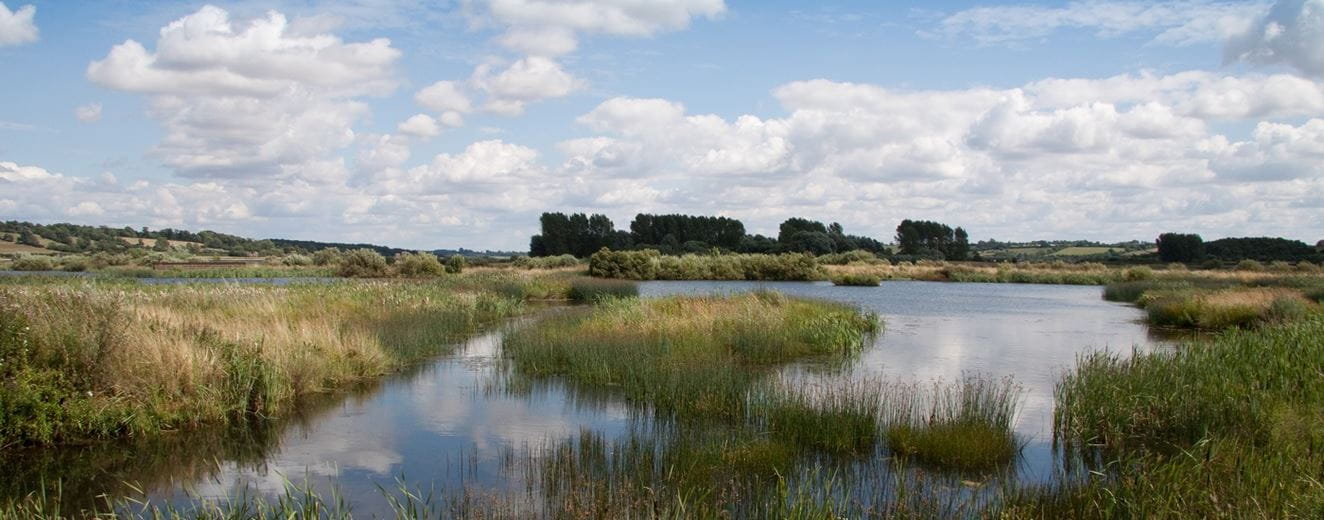What is natural capital?
Natural capital, at a very basic level, refers to all naturally occurring assets that provide a benefit to the environment or the population or the economy – the three legs of sustainability.
So, in terms of benefitting the environment, it can cover clean air and water, quality of soil, trees, flood prevention, solar energy capture, and much more. To benefit the public, this can be as simple as the provision of footpaths or providing open access to parkland.
It’s a key area of consideration for all those involved in the rural industry – farmers, landowners and land managers – because choosing to create areas of more environmentally managed land provides the most scope for capturing these benefits.
GO TO THE CARTER JONAS NATURAL CAPITAL SERVICE PAGE.
Why are we talking about this now?
Natural capital has come to the forefront of public consciousness in the last few years for various reasons.
Climate change has become more important in the political and public domains, with natural disasters highlighting the very real effects this is having. Some of this environmental damage can be mitigated or even, to a certain extent, reversed by acting now – a global problem that requires local solutions, for example:
- Planting new trees
- Creating new grass meadows
- Creating wetland habitats
- Limiting the use of plastic
- Changing the material used within a development
- Focusing on renewable energy sources
Alongside this, new government legislation is encouraging farmers and landowners to change their focus away from intensive farming chasing higher yields, towards more environmentally friendly or publicly beneficial activities.
What is carbon offsetting?
Carbon offsetting allows consumers and businesses to counterbalance any carbon produced by paying a farmer/landowner to lock up carbon on their behalf. It works by changes being made to the management of the natural environment to allow an equivalent amount of carbon to be captured. Examples of this would be planting trees or adding a cover crop to an arable rotation
There is currently no legal requirement to offset carbon, but it is more frequently being done voluntarily by businesses and individuals wishing to show that they have reduced their overall carbon footprint for corporate or personal responsibility arguments.
What is the Agriculture ACT?
The Agriculture Act, which gained royal assent in November 2020, makes provision for a complete overhaul of farming subsidies. Under the Act, farmers will no longer be paid simply for farming, but for providing a ‘public good.’ This is likely to include implementing measures to increase environmental protection, biodiversity or public access, specifically relating to:
- Soils
- Water
- Air
- Flooding
What is the Environment ACT?
The Environment Act adds another layer of potential for landowners.
Working in conjunction with the National Planning Policy Framework (NPPF), the Act creates a new requirement for developers to plan to achieve 110% of the biodiversity that exists on a site prior to development taking place.
Where possible, this will be implemented on site but, where it is not, there may be the possibility for farmers and landowners to provide to an environmental uplift on the developer’s behalf, in exchange for a payment. Some Local Planning Authorities (LPAs) are already implementing this, but it will become an issue for all developers in due course.
This will take effect in 2023.
You can find out more about Biodiversity Net Gain here.
What options will developers have?
Their first port of call should be to increase biodiversity on site.
Where this is not achievable, they can increase biodiversity on another site within the same LPA area. This provides an opportunity for farmers/landowners to agree a land management plan with a developer that enables the developer to deliver the biodiversity improvement and therefore secure their planning permission.
The fallback, where neither of the above are feasible, is that the developer can pay an amount of money into a fund which, via the LPA, will be used to support “nationally important” biodiversity projects. We understand this is intended to be set at a punitive level to encourage the actual delivery of biodiversity projects rather than simply the payment of the ‘fine.’ For all these natural capital offsetting requirements, there will also need to be a process of agreeing a robust legal framework to ensure that what is promised is validated.
One medium is a conservation covenants, which you can read about here.
What do I have to do now?
Developers need to be thinking about how best to implement the required biodiversity net gain – whether onsite or offsite. Where the best solution is to provide it offsite, Carter Jonas can act as a broker to match developers with farmers and landowners willing to change their farming practices to the benefit of the environment. You can register your interest here.
Farmers and landowners should be considering whether entering into such an agreement would be an option as a new income to their business. We can provide advice as to the best use of your land to fit in with your current operations – both from a financial perspective, and fitting with your overall aims for your land. If biodiversity offsetting is of interest, you can register here.
If you’re looking for more general advice about either development or about managing your land, do contact either our Planning & Development team or our Rural team.
Latest news
- Carter Jonas advises on sale of 45 residential units at Acton Gardens
- Carter Jonas Achieves Planning Consent for Harwell Science and Innovation Campus Limited Partnership
- Carter Jonas Confirms Sale of Land in Meir, Stoke-on-Trent to Potteries Heavy Haulage
- Carter Jonas Achieves Planning Consent for a Fusion Demonstration Plant at Culham Science Centre, Oxfordshire
- Carter Jonas Achieves Planning Consent for Endurance Estates Land Promotion Ltd in Longstanton, Cambridgeshire
- RTPI Young Planners’ Conference 2022
- Carter Jonas Partner Andrew Smith Elected SIOR European Region Chapter President
- Carter Jonas Appoints Matt Lee as Head of Science and Technology
- Planning permission granted for key Richmond office space




